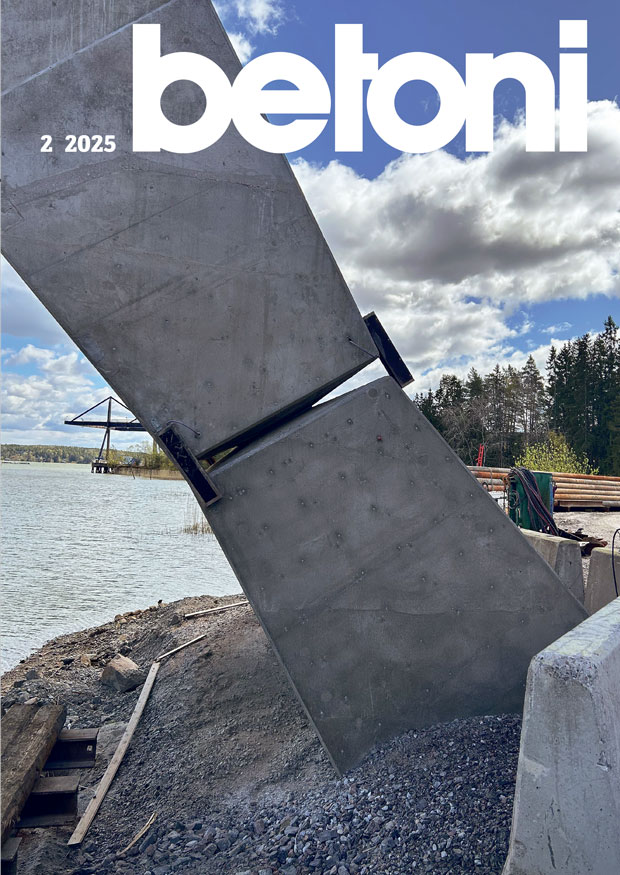In English | ISSUE 4/2022
Preface: How many Corollas do I contribute to the climate effort?

When I was growing up, our family car was a Toyota Corolla Estate of a green colour of a young spruce stand. Our family drove the popular Japanese car about 25,000 kilometres every year, which converts into ca 5,000 kilograms of carbon dioxide emissions.
The global climate has warmed by 1.1 degrees Celsius since the late 19th century pre-industrial age. The rate of warming has increased in the last decades to such a degree that unless activities to curb atmospheric warming are taken urgently, the conditions needed for life on the earth will worsen dramatically.
For Finland, the objective is to achieve carbon neutrality by the year 2035. To understand the scope of this objective, let’s use one Corolla (annual emissions 5,000 kg C02) as the unit of measurement. Currently, total emissions are about ten million Corollas a year in Finland. We need to cut our emissions by a further six million Corollas by 2035, provided the carbon sink formed by our land use sector and green spruce forests amounts to the defined goal of four million Corollas.
Emissions from the built-up environment, i.e., construction and the use of buildings, represent about one third of our national emissions. The actual construction stage accounts for a little under one million Corollas. By 2035, we need to cut at least half of the emissions of the construction stage.
Emissions from concrete equal some 200,000 Corollas in Finland. At least every other of these Corollas must also be “taken out of service” by 2035. The concrete industry takes the climate challenge seriously. Finnish Concrete Association has developed a low-carbon classification system and an associated carbon emissions calculator for concrete. Several manufactures have introduced on the market lowcarbon concrete types and products with clearly reduced emissions.
Everybody in Finland can make choices to reduce their emissions associated with living, transport, food and consumption. We in the construction industry can decide to opt for a lower-carbon tomorrow than today.
The change starts with me and you.



